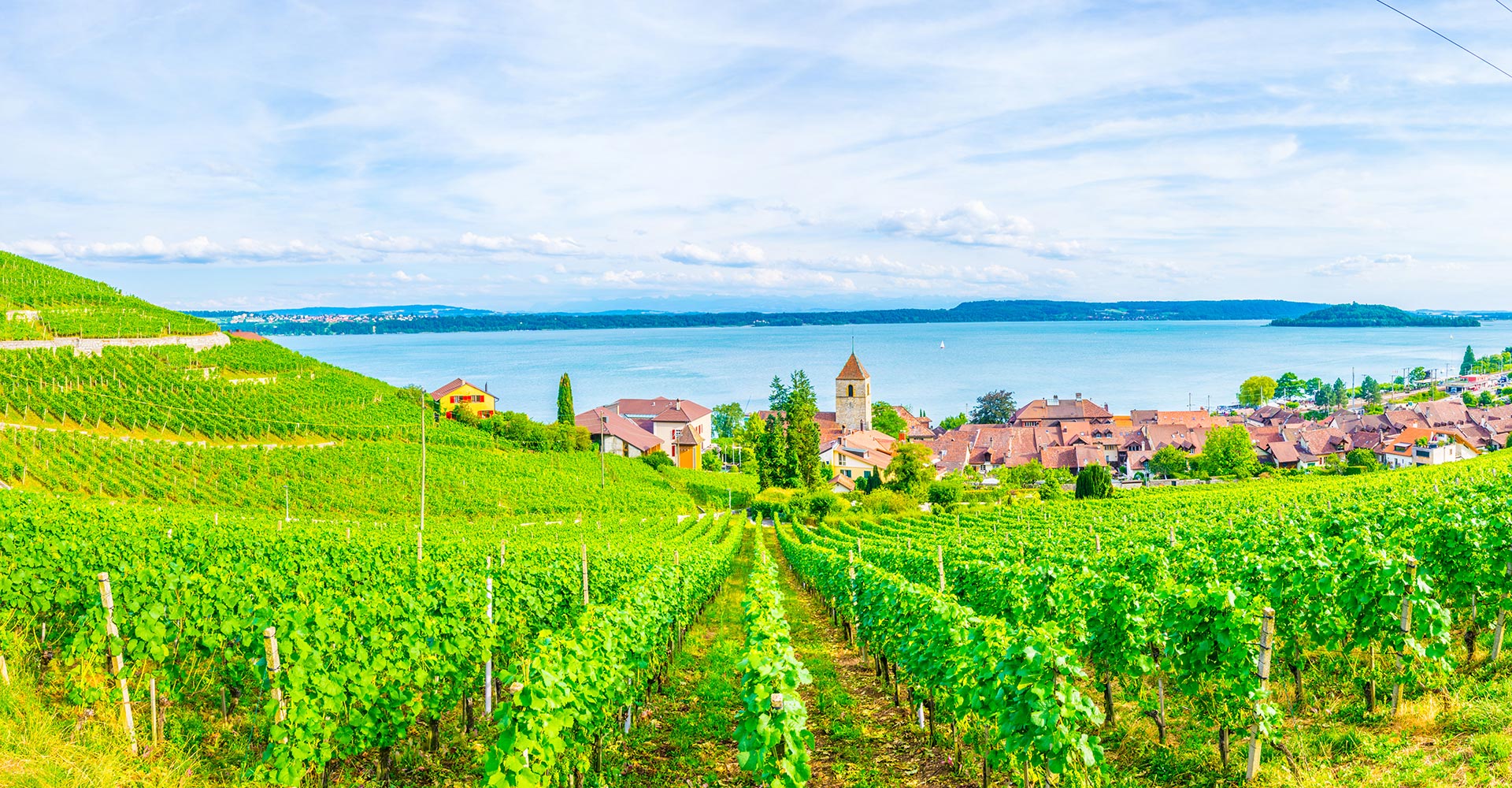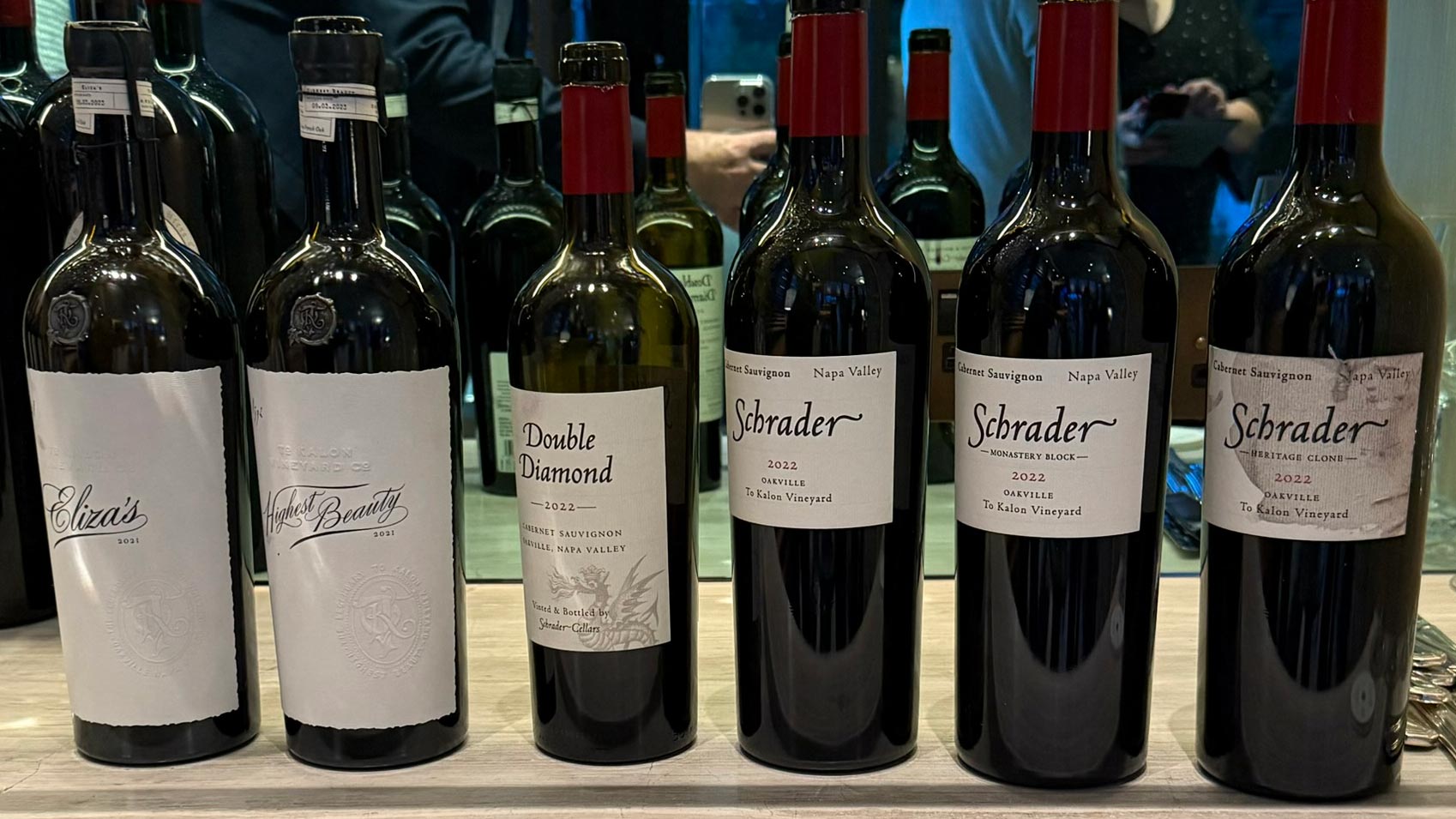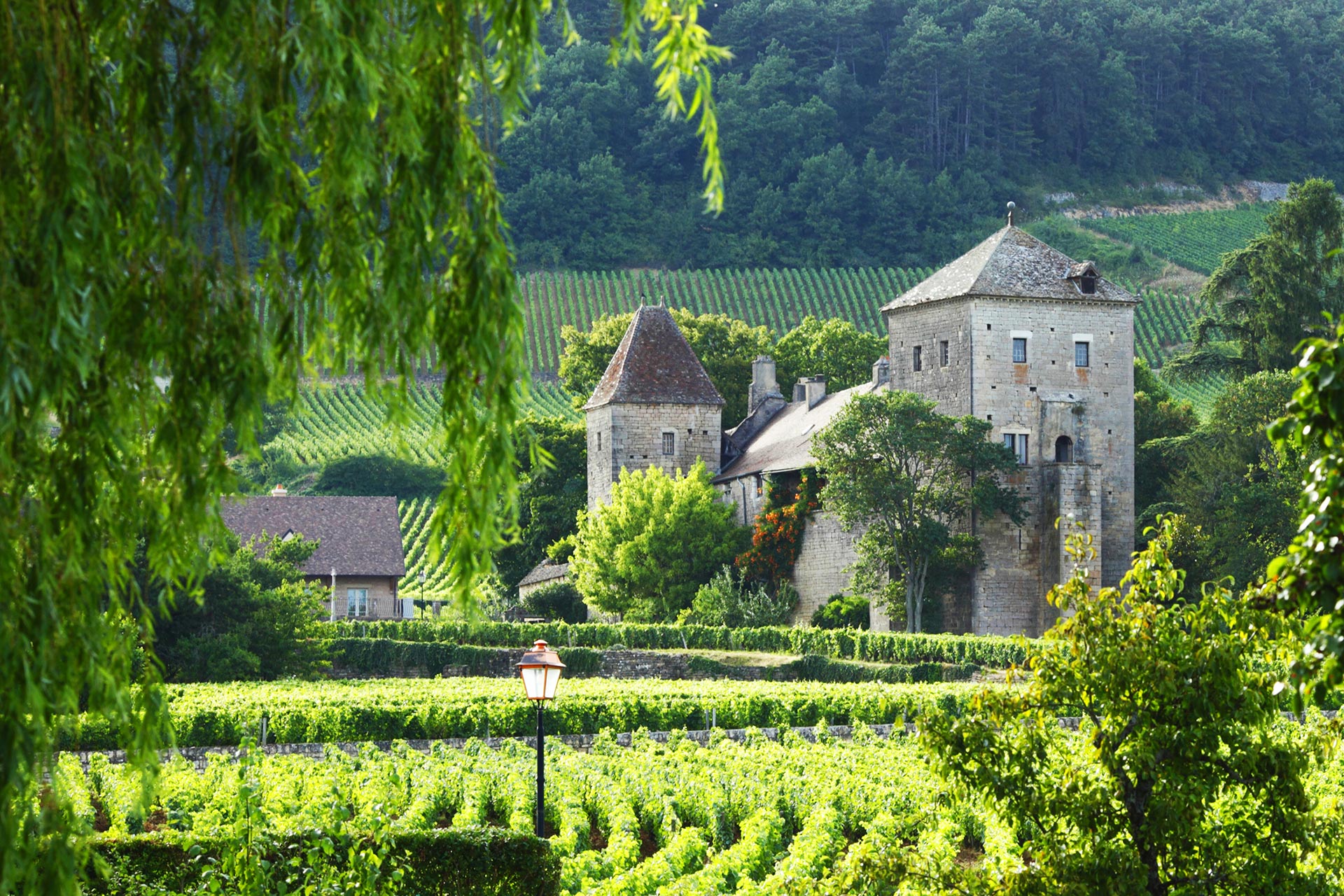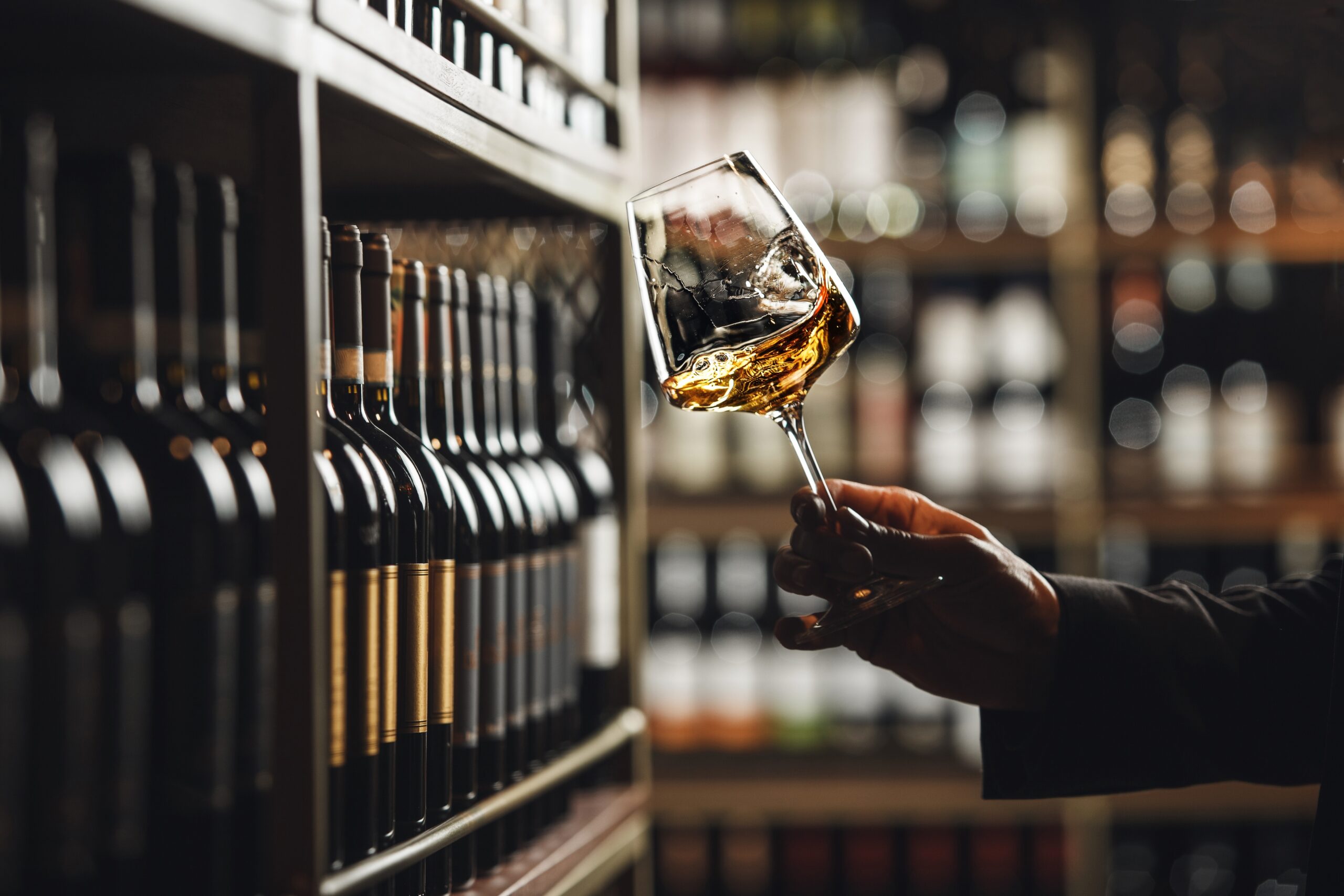Let’s be honest—when people talk about wine, they almost always trot out the same old names: France, Italy, Spain. Yes, they’re fabulous. But what about the rest of the world? You know, the other 180 or so countries that also like a glass of fermented grape juice on a Friday night?
It’s time we looked beyond the familiar and uncorked some love for the countries placing 11 to 31 on the global production list. These are the rising stars, the old legends making a comeback, and the unexpected producers quietly filling cellars and winning hearts.
So grab a glass, maybe even a globe, and let’s travel through 21 wine-producing nations that deserve far more than a passing mention.
11. Romania – 4.6 Mhl
Romania is like that friend who’s been quietly brilliant for years but never shouted about it. With winemaking roots going back 6,000 years, it’s one of Europe’s oldest producers. Indigenous varieties like Fetească Neagră and Fetească Regală offer complexity, freshness, and character. The Transylvanian climate brings crisp whites, while Moldova and Wallachia are all about bold reds. Oh, and their sparkling wines? Surprisingly excellent—and incredibly good value.
12. Russia – 4.5 Mhl
You might know Russia for vodka, but wine? It’s gaining momentum. The Krasnodar region and the Black Sea coast are producing everything from deep, earthy reds to light, floral whites. Grape names like Saperavi and Rkatsiteli might not roll off the tongue, but they will roll happily over your palate. Sparkling wine is also booming—proof that even the coldest climates can sparkle with a bit of effort (and government backing).
13. New Zealand – 3.6 Mhl
Kiwi wine is best known for its Sauvignon Blanc, and yes, it is as good as everyone says—gooseberry, passionfruit, and zing in a glass. But don’t ignore Central Otago Pinot Noir or their méthode traditionnelle sparkling wines. From Marlborough to Martinborough, their cool-climate terroirs make for expressive, precise wines that pack a punch without shouting.
14. Brazil – 3.6 Mhl
Think Brazil is all samba and caipirinhas? Think again. This country is fizzing with wine potential, especially in the south. Serra Gaúcha is known for vibrant sparkling wines, while Campanha and Vale do São Francisco are experimenting with everything from Chardonnay to Tannat. Brazil even does tropical viticulture, harvesting grapes twice a year. Now that’scommitment.
15. China – 3.2 Mhl
China has been quietly building one of the world’s biggest wine markets—and it’s not just for domestic sipping. Regions like Ningxia are now winning awards globally, producing Bordeaux-style reds with polish and structure. Shandong and Yunnan are also pushing boundaries, and China’s investment in tech and terroir suggests it won’t be “emerging” much longer.
16. Hungary – 2.4 Mhl
Hungary is more than just Tokaji Aszú, though the “Wine of Kings” is still pretty royal. From spicy reds like Kékfrankos to zingy whites like Furmint, Hungary balances tradition with innovation. Regions like Villány and Eger are showing that native grapes and volcanic soils can yield truly world-class wines.
17. Austria – 2.4 Mhl
If you like crisp whites with a peppery finish, Grüner Veltliner is your new best friend. Austria is a cool-climate marvel, with structured Rieslings, elegant reds like Blaufränkisch, and some of Europe’s most precise sparkling wines. Bonus points for breathtaking vineyards along the Danube.
18. Georgia – 1.9 Mhl
The birthplace of wine. Yes, really. Georgians were making wine 8,000 years ago, long before the French got involved. Their qvevri wines—fermented in clay pots buried underground—are rustic, textural, and deeply expressive. Expect everything from rich Saperavi reds to amber Rkatsiteli whites with serious structure.
19. Moldova – 1.8 Mhl
Tiny but mighty. Moldova’s underground wine cellars could house entire villages (and they kind of do, during wine festivals). Indigenous grapes like Fetească Albă and Rară Neagră are making waves, and the country’s focus on quality over quantity is finally paying off. Look out for boutique producers doing wonderful things.
20. Greece – 1.4 Mhl
The Greeks gave us democracy and feta—and thankfully, wine too. Greece’s native grapes like Assyrtiko (volcanic, zippy whites from Santorini), Agiorgitiko (juicy reds from Nemea), and Xinomavro (tannic beauties from Naoussa) are gaining global respect. Add in dramatic terroir and sea breezes, and you’ve got a wine scene worth exploring.
21. Switzerland – 1.0 Mhl
Swiss wine is a well-kept secret—mostly because they drink nearly all of it themselves. From the crisp, mineral Chasselas of the Vaud to high-altitude Pinot Noir in Valais, Switzerland’s wines are precise, alpine-fresh, and painfully rare. If you find one, don’t think—buy.
22. Bulgaria – 0.85 Mhl
Bulgaria’s wine scene is bouncing back from its post-Soviet slump. Once a global powerhouse, it’s now crafting complex reds from local grapes like Mavrud and Melnik. International styles are improving too, with producers mixing tradition and modern tech in all the right ways.
23. Japan – 0.74 Mhl
Yes, Japan makes wine—and it’s not all about sake. The Koshu grape (native, pink-skinned, and delicate) produces fresh, citrusy whites that pair brilliantly with sushi. Look out for Pinot Noir and Muscat Bailey A, especially from the Yamanashi region. Bonus: beautiful labels.
24. Slovenia – 0.58 Mhl
Slovenia sits quietly between Italy, Austria, and Croatia—but its wines speak volumes. The country is split into three main wine regions, all producing small batches of biodynamic, terroir-driven wines. Expect skin-contact whites, native grapes like Rebula, and a serious natural wine scene.
25. Serbia – 0.54 Mhl
Serbia’s wine heritage goes back to Roman times, but the modern scene is being driven by small producers bringing old grapes into the new age. Prokupac and Tamjanika are the stars, and the Fruska Gora region is one to watch. A hidden gem.
26. Uruguay – 0.50 Mhl
Uruguay = Tannat. This robust, tannic grape has found a happy home here, producing bold, age-worthy reds with a softer edge than its French cousins. Coastal breezes and sustainable practices are turning Uruguay into South America’s quiet achiever.
27. Czech Republic – 0.48 Mhl
Best known for beer, but the Moravian wine region is one to watch. Fresh whites like Müller-Thurgau and Grüner Veltliner dominate, with Pinot Noir and Blaufränkisch also gaining ground. Quirky, experimental, and perfect for summer sipping.
28. Croatia – 0.43 Mhl
Game of Thrones may be filmed here, but the real drama is in the vineyards. Indigenous grapes like Plavac Mali (a relative of Zinfandel) create powerful reds, while the Istrian peninsula excels in crisp Malvazija whites. A seaside wine lover’s dream.
29. Mexico – 0.40 Mhl
Mexico’s Valle de Guadalupe is the wild west of winemaking—and we mean that in the best way. Experimental blends, dry climate, and bold reds make this region the Napa of Latin America. Think Syrah, Tempranillo, and even Nebbiolo… with tacos.
30. Slovakia – 0.25 Mhl
Slovakia’s volcanic soils and continental climate make for aromatic whites and surprisingly rich reds. The Tokaj region (shared with Hungary) produces botrytised sweet wines, while newer producers are embracing natural and organic techniques. Worth discovering.
31. Armenia – 0.14 Mhl
One of the oldest winemaking countries on Earth, Armenia is finally stepping back into the spotlight. The Areni grape, grown in high-altitude vineyards near the Iranian border, yields vibrant, spicy reds. Combine that with history and volcanic soil, and you’ve got something special.
Final Sip
So there you have it—21 countries quietly producing some of the world’s most interesting wines. They may not be top 10 in volume, but in terms of story, soul, and sheer drinkability? They’re knocking it out of the vineyard.
If you’re looking for wines with a bit more personality—and fewer air miles on the label—it’s time to expand your palate. Because wine, like life, is better when you explore beyond the obvious.
Cheers to the rest of the world. You’ve got our full attention now. 🍷🌍



